The position of ovary and the type of flower shown in the given picture will respectively be called as:

1. Superior, Hypogynous
2. Superior, Epigynous
3. Inferior, Hypogynous
4. Inferior, Epigynous

2. Superior, Epigynous
3. Inferior, Hypogynous
4. Inferior, Epigynous
The following can be the leaves of:
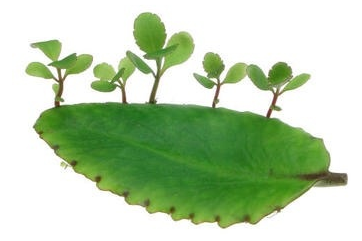
1. Larkspur
2. Limnophila
3. Pistia
4. Bryophyllum
The position of the ovary in the flower shown is:

1. Superior
2. Half superior
3. Inferior
4. Half inferior
Match each item in COLUMN I with one in COLUMN II and select the correct answer from the codes given:
|
|
COLUMN I [Fruit name] |
|
COLUMN II [Edible part] |
|
A. |
Apple |
a. |
Juicy placental hair |
|
B. |
Guava |
b. |
Thalamus and pericarp |
|
C. |
Orange |
c. |
Fleshy thalamus |
|
D. |
Litchi |
d. |
Aril |
Codes
A B C D
1. b c d a
2. b d a c
3. c b a d
4. d c b a
Look closely at the gynoecium of the flower in the picture. The description of this gynoecium will be:
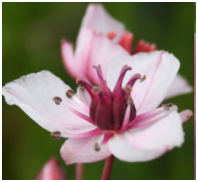
1. apocarpous monocarpellary
2. apocarpous multicarpellary
3. syncarpous monocarpellary
4. syncarpous multicarpellary
Leaf tendril shown in the picture can belong to:

1. Gloriosa
2. Opuntia
3. Ficus
4. Acacia
The type of inflorescence seen in the flower shown is called as:
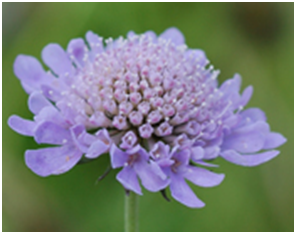
1. Spadix
2. Corymb
3. Umbel
4. Capitulum
The spiral structures coiling around a stem in the given picture can belong to:
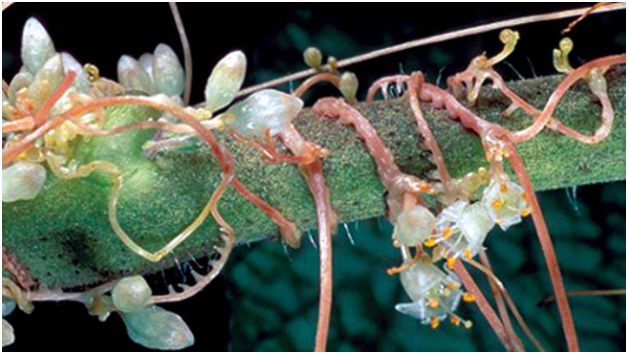
1. Dodder
2. Mistletoe
3. Broomrape
4. Sandalwood
The picture shows the betel plant which is a:
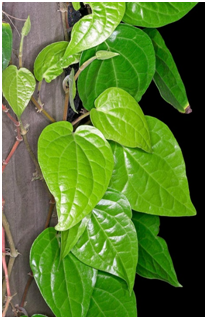
1. Hook climber
2. Rootlet climber
3. Tendril climber
4. Leaf climber
The picture shows the largest flower of Rafflesia which is a:
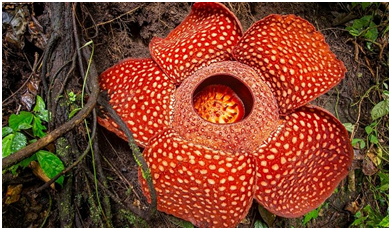
1. Total stem parasite
2. Partial stem parasite
3. Total root parasite
4. Partial root parasite



